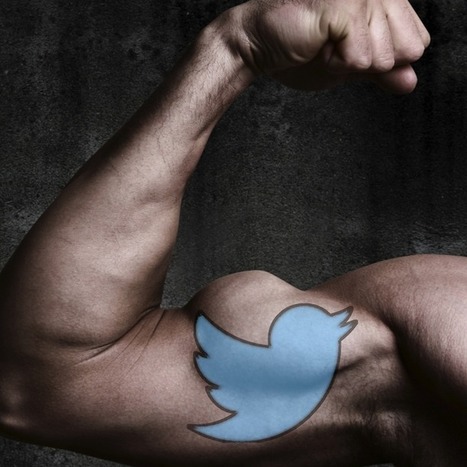That’s what the surveillance state is trying to do. It has the means, the will and the latitude to go after journalism the way the way it went after terrorism. Only a more activist press stands a chance of resisting this.Last week, the novelist and former CIA operative Barry Eisler published one of the most important posts I have read about what’s happening to the press since the Snowden revelations began in early June.
In it, he tries to explain why authorities in the UK detained Brazilian national David Miranda for nine hours at Heathrow airport and confiscated all the technology he had on him. (Miranda, as everyone following the story knows, is the spouse of The Guardian columnist Glenn Greenwald. He had been acting as a courier, bringing documents on encrypted thumb drives back and forth between Greenwald in Brazil and his collaborator, Laura Poitras, in Germany.)Eisler’s explanation of this pivotal event is the most persuasive I have seen....



 Your new post is loading...
Your new post is loading...
















Freedom of the press suffers...